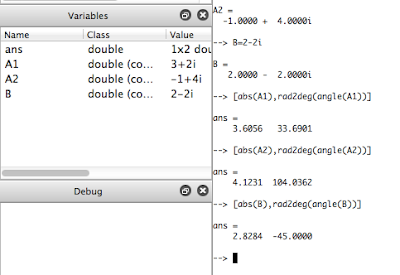Goal
The Ping-Pong shooter, as its name , is able to shoot Ping-Pong balls, and the machine can simulate a real-world situation that if there is a player in front of it, it starts shooting; otherwise, it stops working.
Criteria of Success
Able to control the system intangible
Able to control the machine i.e. control weather the ping-pong ball will shoot or not
A machine that can shoot
PERT Chart
How It Works
The Ping-Pong shooter mainly contains three parts. The first one is a switch which is made by connecting to a photoresistor. The second one is two DC motors to shoot the balls. The last one is a stepping motor.
Main component
•Photoresistor
•DC motor
•Stepping Motor (28BYJ-48)
•Microcontroller (89s51)
•Octal high voltage high current Darlington transistor arrays (ULN2803)
•Voltage regulator(L7805CT)
ULN 2803
•A ULN2803 is an Integrated Circuit (IC) chip with a High Voltage/High Current Darlington Transistor Array. It allows you to interface TTL signals with higher voltage/current loads.
•The chip takes low level signals (operate at low voltages and low currents) and acts as a relay of sorts itself, switching on or off a higher level signal on the opposite side.
L7805CV
•I.E. 7805 = 5V, 7812 = 12V
•The 78xx family is commonly used in electronic circuits requiring a regulated power supply due to their ease-of-use and low cost .
Miscellaneous Component
•Resistor (10k Ω *2)
•Capacitor (33pF *2, 100nF *1 )
•Oscillator (12MHz *1)
•Wires
•PVC tube (2” Diameter)
Schematic
Function 1: Switch
•Electronic switch on pin 9 (reset) of microcontroller
•Using a photoresistor and a suitable resistor with voltage divider
•Photoresistor:
Bright= Small resistance; Dark= Large resistance
Voltage out connect to pin 9
•Pin 9:
High = turn off , Low = turn on
Theoretical Calculation
•Photoresistor: 1k ~ 14k Ω
•R1, R2: 10k Ω
•Vin : 5V
Off:
Analysis
Light On
Light Off
Function 2: DC Motor (Shooter)
Two DC Motors - one is spinning counterclockwise, and another is spinning clockwise
Rubber on Cap to increase the friction between surfaces
Function 3: Stepping Motor (Gate)
•Brushless DC motor
•Divide full rotation into a number of parts
•28BYJ-48:
• Four phases five wires
•12VDC
•1100 →0110 →0011 →1001 →1100
•Advantage: Precisely control the position of rotation
Serial Programmer
•Homemade programmer
•Connect to print port
To Control the Stepping Motor
•Pre-programmed microcontroller
Criteria of Success
•1. A machine that can shoot ✓
•2. Able to control the machine i.e. control weather the ping-pong ball will shoot or not ✓
•3. Able to control the system intangible ✓
Cost
•Home Made
•eBay
•Joola Joola iPong Topspin (Green) Table Tennis Ball Machine i0
•$77.00
•Conclusion:
Cheaper to build than buy one Component
|
Price/unit
|
ULN2803
|
0.32
|
AT89S51
|
0.75
|
L7805CV
|
0.2
|
Oscillator(12MHz)
|
0.04
|
Laser Diode
|
0.99
|
PVC TUBE
|
3.00
|
Stepper Motor
|
0.40
|
DC Motor
|
0.00
|
Miscellenuos i.e. resistor, capacitor
|
0.05
|
Bread Board
|
1.67
|
Total
|
7.42
|

































